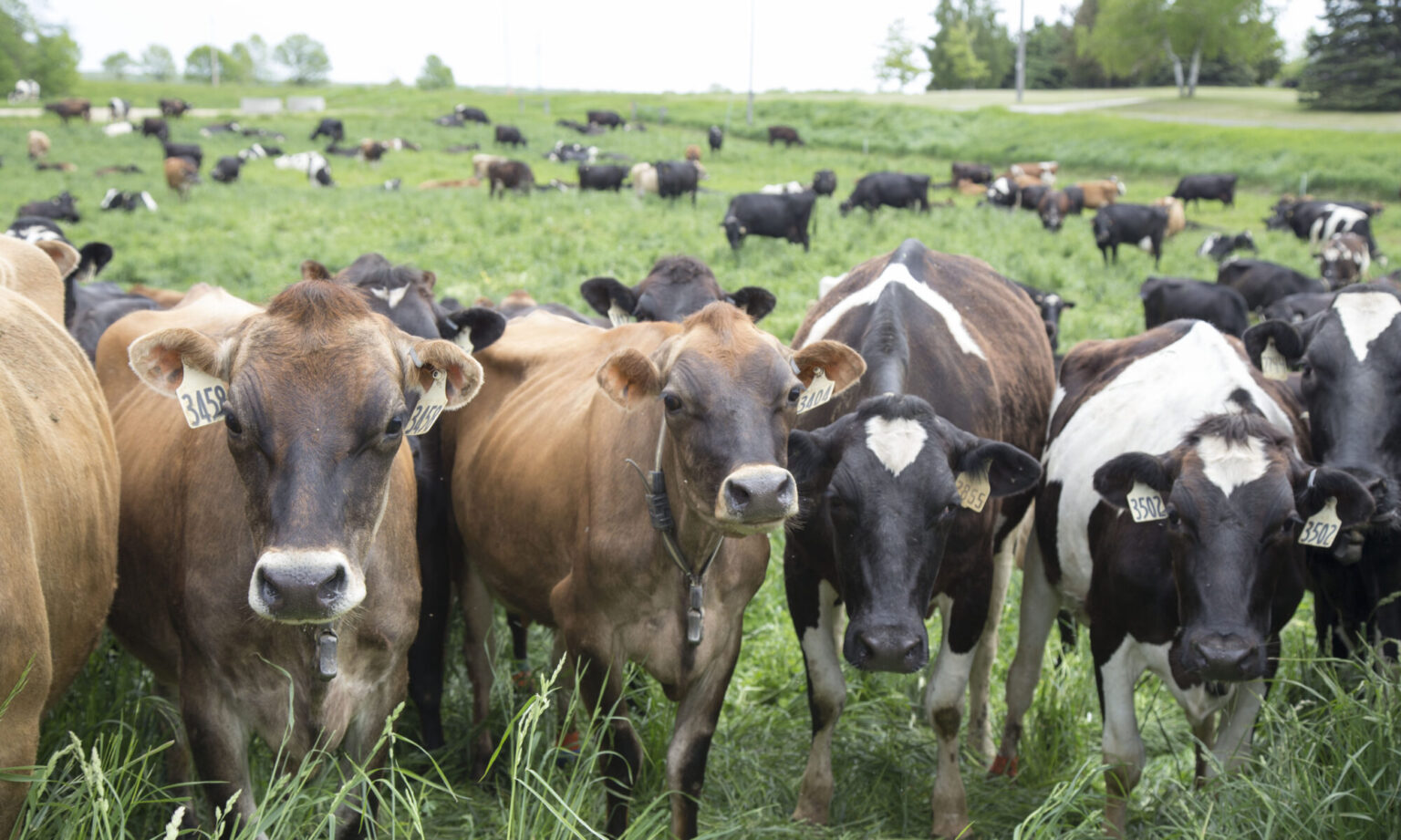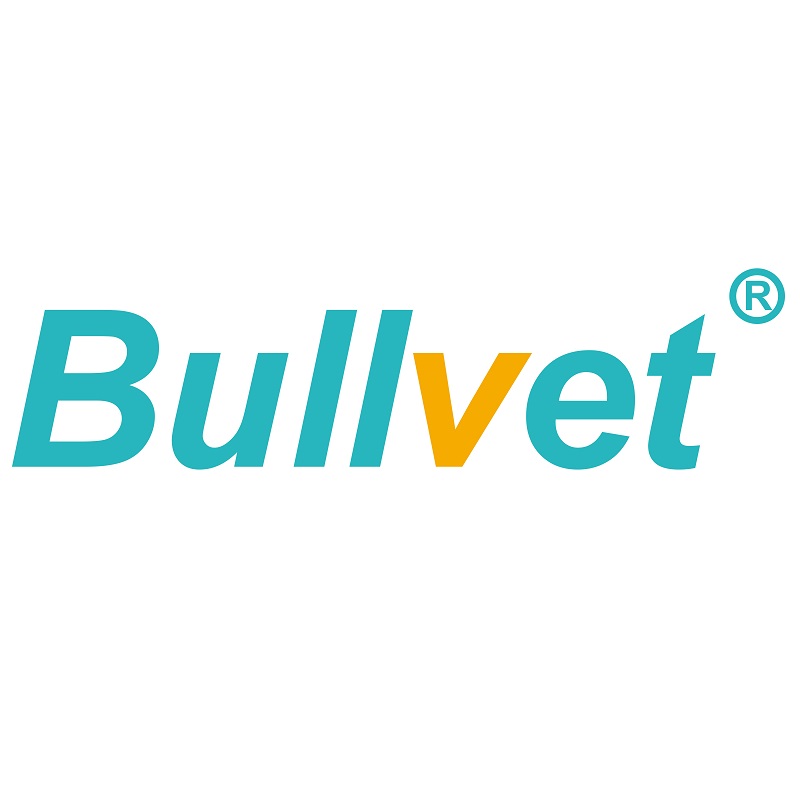
Bovine respiratory disease (BRD) also known as bovine pneumonia, is a common infectious disease in cattle breeding, which is extremely harmful to the breeding industry. Bovine respiratory disease is a multifactorial syndrome caused by a composite of host and environmental factors, pathogens, and management practices. It has the characteristics of high morbidity, high mortality, and serious economic loss, which is an important disease that endangers the healthy development of the cattle industry worldwide.
Common causes of respiratory disease in cattle.
1. Stress – is a major predisposing factor to Pneumonia outbreaks. Stress can arise from:
Passage through markets
Commingling
Weaning, castration, dehorning
2. Infectious agents
Mannheimia haemolytica and Pasteurella multocida are frequently isolated from the lungs of sick cattle. These pathogens are associated with a high mortality rate.
Other pathogens that may also be responsible for disease including:
Respiratory viruses:- RSV, PI3, BoHV-1 (IBR), BVD, Bovine coronavirus
Other bacteria e.g. Histophilus somni, Mycoplasma spp.
Parasites e.g. lungworm may also contribute to disease.
3. Management
The environment in which animals are kept, nutrition and management of animals may all contribute to increases in pneumonia incidence on individual farms.
Signs relating to respiratory disease
Fever (as high as 42 ˚C)
Depression, laboured breathing and increased respiratory rate
Loss of appetite and cough
Reddening of the mucous membranes
Nasal discharge – Initially watery and later may become purulent
Conjunctivitis – runny eyes
Drop in milk production
Treatment or prevention of respiratory disease
1. Drug treatment
Drug treatment is mainly aimed at bacterial diseases or mycoplasma diseases, or to suppress secondary infections of viral diseases. In principle, drug susceptibility tests should be done before medication to screen sensitive drugs and be used in a targeted manner. The following are commonly used therapeutic drugs for reference.
Pasteurellosis and Mannella haemolyticus: There are actually many drugs to treat this disease, but considering the restrictions on the use of dairy cows, penicillin, amoxicillin, cephalosporin antibiotics, and marbofloxacin are often used for treatment.
Mycoplasma pneumonia: There are relatively few drugs for treatment, mainly quinolones (enrofloxacin), fluoroquinolones (marbofloxacin), macrolides (tylosin), tiamulin, etc. are used for treatment.
Streptococcus pneumoniae: Streptococcus pneumoniae is more likely to develop drug resistance. Sulfa drugs are effective, but the withdrawal period is relatively long. Penicillin, amoxicillin, and cephalosporin antibiotics are often used for treatment.
2. Vaccination
The use of vaccines confers clinical protection and more importantly reduction of the pathogen circulation. Due to the complex cause of the disease, multivalent vaccines are preferred. A number of live and inactivated vaccines with different combinations of viral antigens are commercially available. Vaccines should only be administered as part of an overall control programme. Advice should be sought from your local veterinary practitioner.
3. Ventilation and disinfection
Ventilation in cowsheds is crucial to the prevention of bovine respiratory diseases. Respiratory transmission is an important way of transmission of bovine respiratory diseases. Minimizing the aerosol in cowsheds is very effective in preventing bovine respiratory diseases. Doing a good job of disinfection is the most direct means to eliminate pathogenic microorganisms in the environment of the cowshed, and the work of environmental disinfection should be carried out regularly and strictly according to the disinfection regulations.
4. Management
Veterinary public health management is an indispensable and important part of breeding work. It is a work that any breeding unit must pay attention to and implement in place. It plays an important role in preventing epidemic diseases from spreading in pastures. Reduction of circulating viruses and bacterial shedding can be achieved with careful attention to detail. Significant issues in need of address include ventilation in housing, drainage, mixing of age groups, overcrowding and parasite control.

Bullvet is a private veterinary drug high-tech enterprises established by Dr. Wu, it is located in Rongchang Chongqing, which is a state-level hygiene city. Rongchang is also the China animal husbandry technology city and the modern animal husbandry demonstration core. Southwest University Rongchang campus and Chongqing academy of animal husbandry are also located here.